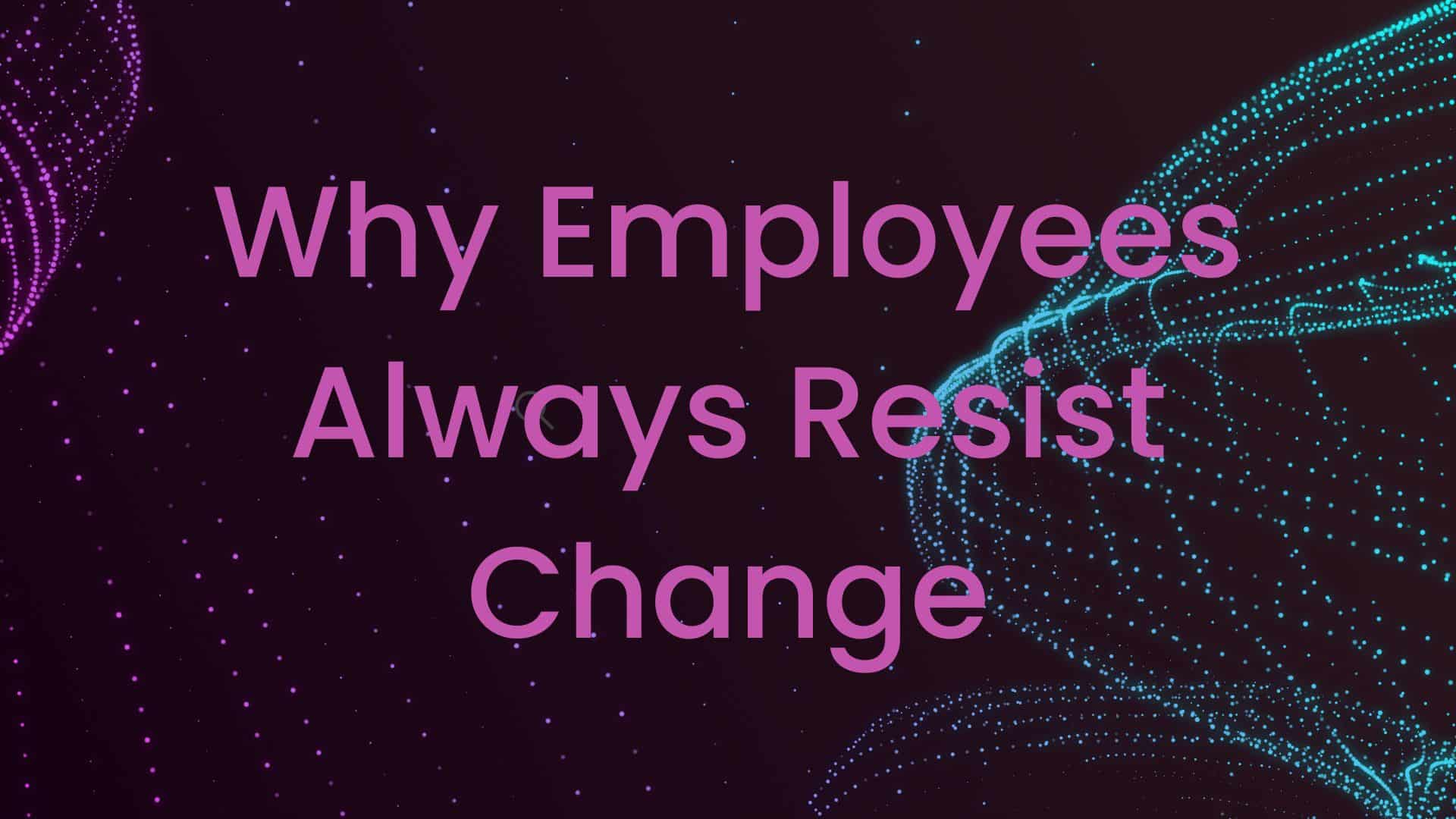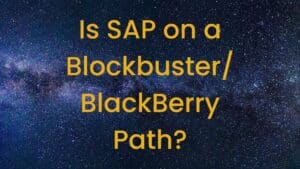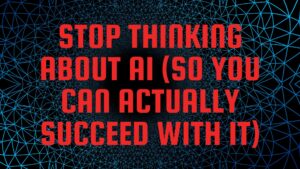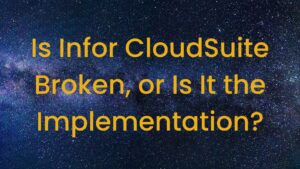Every transformation I’ve led or advised, ERP, AI, operating model, you name it, has one constant: employees resist change. Not because they’re saboteurs or anti-progress, but because the way we introduce change collides with how people find value, certainty, and purpose at work. If you want your program to land, plan for the resistance you will encounter, not the enthusiasm you hope for.
Table of Contents
ToggleThe Myth: “Our People Are Change-Ready”
Leaders often tell me, “We’re used to change.” Then the project begins, and reality hits. Even with good intent, perception becomes reality: the 1% that doesn’t work as expected outweighs the 99% that does. That gap between what people expect and what the new system actually does on Day 1 fuels most early resistance.
Four Root Causes of Resistance
- No solution is perfect
Even the best-fit ERP, CRM, or AI workflow won’t mirror every legacy nuance. People fixate on the gaps tied to their daily work, not the broad benefits in your business case. - Ambiguity = threat
If leaders can’t explain what jobs look like post-go-live, people assume the worst, especially when AI or automation is involved. - Status, mastery, and identity
Your “tribal knowledge heroes” (the spreadsheet wizards keeping things running) equate their value with what only they can do. When tools automate parts of that work, they feel personally devalued. - Purpose drift
In mission-driven orgs (public sector, healthcare, nonprofits, faith-based), if the program’s “why” isn’t explicitly linked to the mission, resistance is stronger and more emotional.
High-Risk Personas You Can’t Ignore
- The Keeper of the Process: owns critical workarounds and spreadsheets; fears loss of control/value.
- The Quiet Skeptic: outwardly compliant, continues shadow processes post-go-live.
- The Mission Guardian: deeply loyal to the purpose; resists anything that feels like “admin over impact.”
- The Overloaded Manager: wants to help but has no capacity to support training, testing, or coaching.
Each needs a tailored plan; generic comms won’t move them.
A Practical Playbook to Defuse Resistance
- Anchor the Why (in their language)
Translate strategy into money and time outcomes at the team level (cycle time down, rework down, error rates down, throughput up). Tie the benefits to the mission where relevant. - Design the Target Operating Model
Before you configure, define how work will flow with the new tools: roles, handoffs, decision rights, and exception paths. If you can’t sketch it on one page, it isn’t clear enough to adopt. - Role Clarity > Tool Demos
Publish role “before/after” cards: what stops, what starts, how success is measured. Train for the job, not just the user interface. - Redeploy Time on Purpose
If AI or automation saves two hours per day, say exactly how those hours will be used (more customer contact, additional scenarios, quality checks). Idle time becomes resistance. - Protect the Heroes
Convert tribal knowledge into standards and make those experts owners of the new way (design authority, super users, process coaches). Preserve status while modernizing the work. - Sequence for wins
Start with high-friction, low-controversy use cases (e.g., data cleanup, document generation, NL search). Prove value fast, then scale. - Measure adoption like a business outcome
Track behaviors (touchless rate, exception volume, shadow-system usage, cycle time) alongside satisfaction. Celebrate wins publicly; fix outliers quickly. - Communicate like risk management
Acknowledge fears explicitly (job impact, AI boundaries, oversight). Define where humans stay in the loop for high-impact decisions.
What to Decide in Phase 0 (Before the SOW)
- Scope of standardization vs. local flexibility (and who decides exceptions).
- Data ownership and quality rules (what “good enough to go live” means).
- Adoption KPIs tied to business value (money/time/risk).
- AI & automation guardrails (assist vs. act, approval thresholds, audit trails).
- Capacity plan for SMEs, super users, and managers (backfills, incentives, time blocks).
- Communication cadence: who says what, when, to whom, using plain language.
Get these choices on paper early. They’re the difference between steady adoption and a slow-motion stall.
Final Thoughts & Resources
Resistance is normal, predictable, and solvable if you design for it. Don’t assume excitement will carry you. Build clarity, protect status, link benefits to purpose, and measure adoption like you measure ROI.
If you want a vendor-neutral partner for Phase 0, org impact design, or an adoption recovery plan, my team at Third Stage can help.
Further reading
- Guide to Organizational Change Management
- Lessons from 1,000 Digital Transformations
- AI & Adoption Playbook (how to make “human in the loop” real)
Change isn’t a communications problem. It’s a work-design problem. Solve the work, and the change follows.






